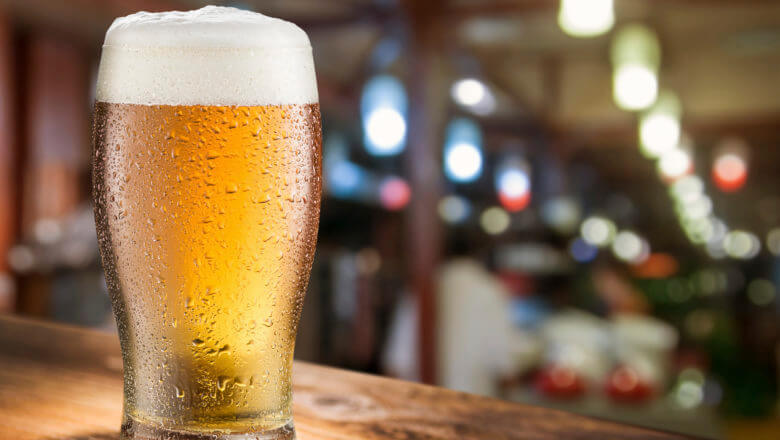Not all beers are created equal. This is something Scott Helstad, technical services manager at Cargill, knows well. A seasoned industry veteran, Scott has spent over 28 years working with some of the world’s largest beer companies and is also an avid beer aficionado himself. Scott recently presented some interesting new research on flavor enhancement in beer at the World Brewing Congress, one of the largest gatherings for the brewing industry in the United States. We sat down with Scott to learn more about his presentation and what it could mean for the industry.
Question: What spurred the research that you did regarding flavor and beer?
Answer: The catalyst for our research was a craft brewing competition we had at Cargill. Thinking that TREHA® trehalose might help with flavor in beer, we challenged our employees to brew beer with and without TREHA® trehalose to see what would happen. Interestingly, the beer judges consistently judged the TREHA® products higher in terms of sensory quality. Based on this result, we decided to do some more formal testing.
Question: What types of testing did you do on TREHA® trehalose and beer?
After our initial screening in the craft brewing competition, we did a second, more formal screening. Cargill expert tasters evaluated 13 beers and wines with and without TREHA® trehalose.
Question: What is TREHA® trehalose and how can it improve beer?
Answer: Trehalose is a carbohydrate that occurs naturally in yeast. While it is well known as a marker of yeast health and vitality, we found that adding TREHA® trehalose to beer had a positive impact on both flavor and mouthfeel, although more testing is needed to draw strong conclusions. TREHA® trehalose is produced from starch on a commercial basis.
Question: Did anything surprise you about the test results?
Answer: Besides looking at flavor modification, we also looked at how different types of yeast metabolized trehalose. While we found that trehalose is metabolized by ale, wine, and baker’s yeast, the fact that lager yeast did not ferment trehalose well was a big surprise. When a fermentable carbohydrate is added to bottled beer, the yeast metabolizes it and produces carbon dioxide, which can build up in the bottle. That is why what the yeast does with trehalose becomes critical.
Question: How might trehalose compare to other carbohydrates used in beer production?
Answer: Other non-fermentable carbohydrates can be added to impact flavor and mouthfeel in beer. More research needs to be done to understand the differences, but the initial results with TREHA® trehalose are very interesting.
Question: What are the next steps in Cargill’s research?
Answer: The tests we did were preliminary and more work needs to be done to draw strong conclusions. One of our next steps is to tap into beer-trained sensory panels and do a more robust test. TREHA® trehalose could also have an impact on flavor quality over time, so shelf-life testing would be interesting as well.
Download the technical presentation now!
